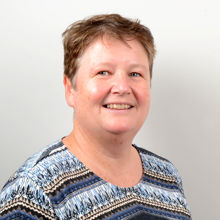The long title of SAFEWAY is "GIS-based infrastructure management system for optimized response to extreme events on terrestrial transport networks". The developments will comprise a holistic toolset with transversal application to anticipate and mitigate the effects of extreme events (both natural and human made) at all modes of disaster cycle.
Preparation
The pillar of the SAFEWAY approach is settled in a substantial improvement of prediction, monitoring and decision tools that will contribute to the anticipation, prevention and preparation of critical European transport infrastructures for the damaging impacts of extreme events.
Response and Recovery
The incorporation of SAFEWAY Big Data and Smart ICT into emergency plans, as well as the real-time optimised communication with operators and end users (via crowdsourcing and social media) will contribute to the recovery on a short-term scale; the solutions adopted in the pre- and peri-event have a direct and crucial effect in recovery on a long-term scale.
Mitigation
Improving precision in the adoption of mitigation actions by impact analysis of the different scenarios together with new construction systems and smart materials that will contribute to the resistance & absorption of the damage impact.The project results will be tested and validated in 4 Pilot countries: Portugal, Spain, UK and the Netherlands. More information can be found at the SAFEWAY homepage, which has an information video about the project.
NGIs role and activities in SAFEWAY
NGI leads work package 2, WP 2: Risk factors and risk analysis. WP 2 has the following objectives:
- Identification and mapping of extreme weather conditions and climate risk 'hot spots' as well as natural threats and human-provoked disasters (e.g. fires in tunnels, accidents, human failure and sabotage) that could lead to disruptions in terrestrial transport networks.
- Modelling vulnerability and resilience in risk assessment of terrestrial transportation networks.
NGI also participates in the work packages WP 5: Predictive models and WP 9: Demonstrative pilot.


